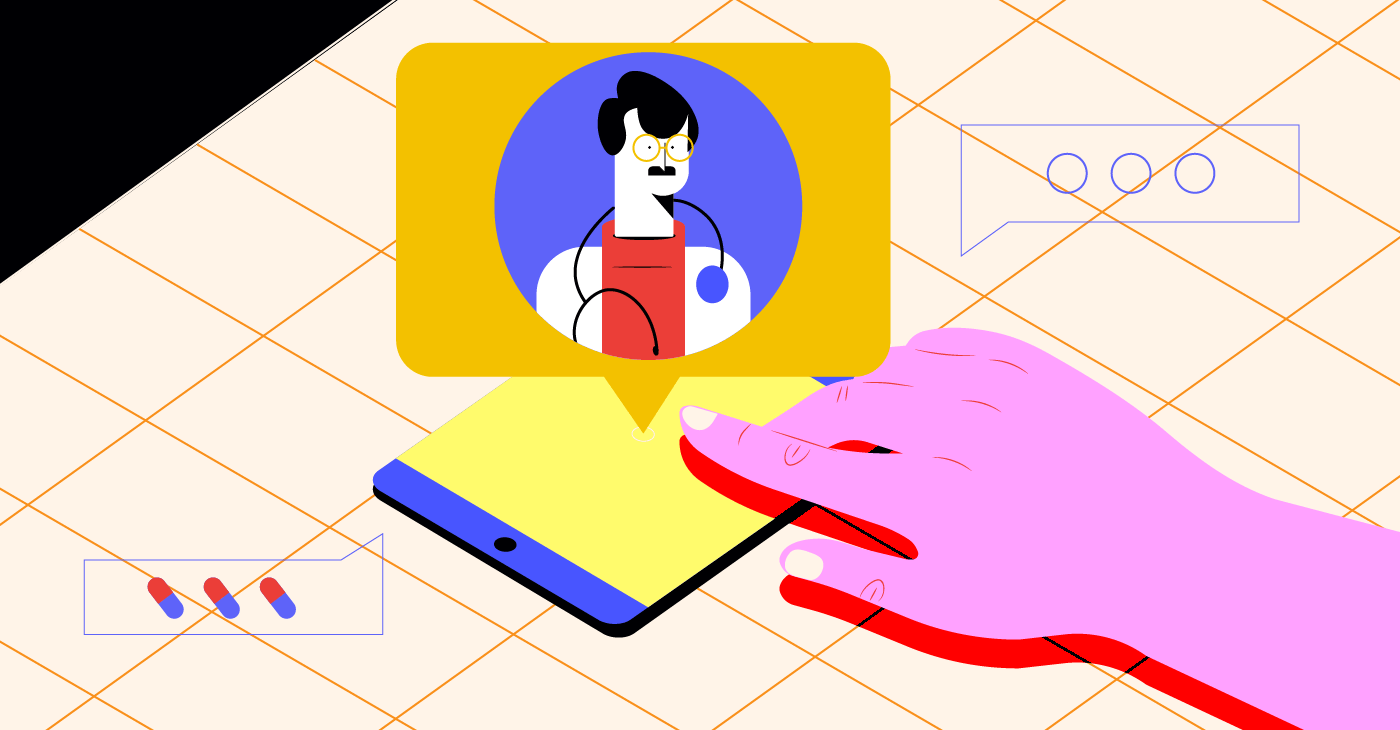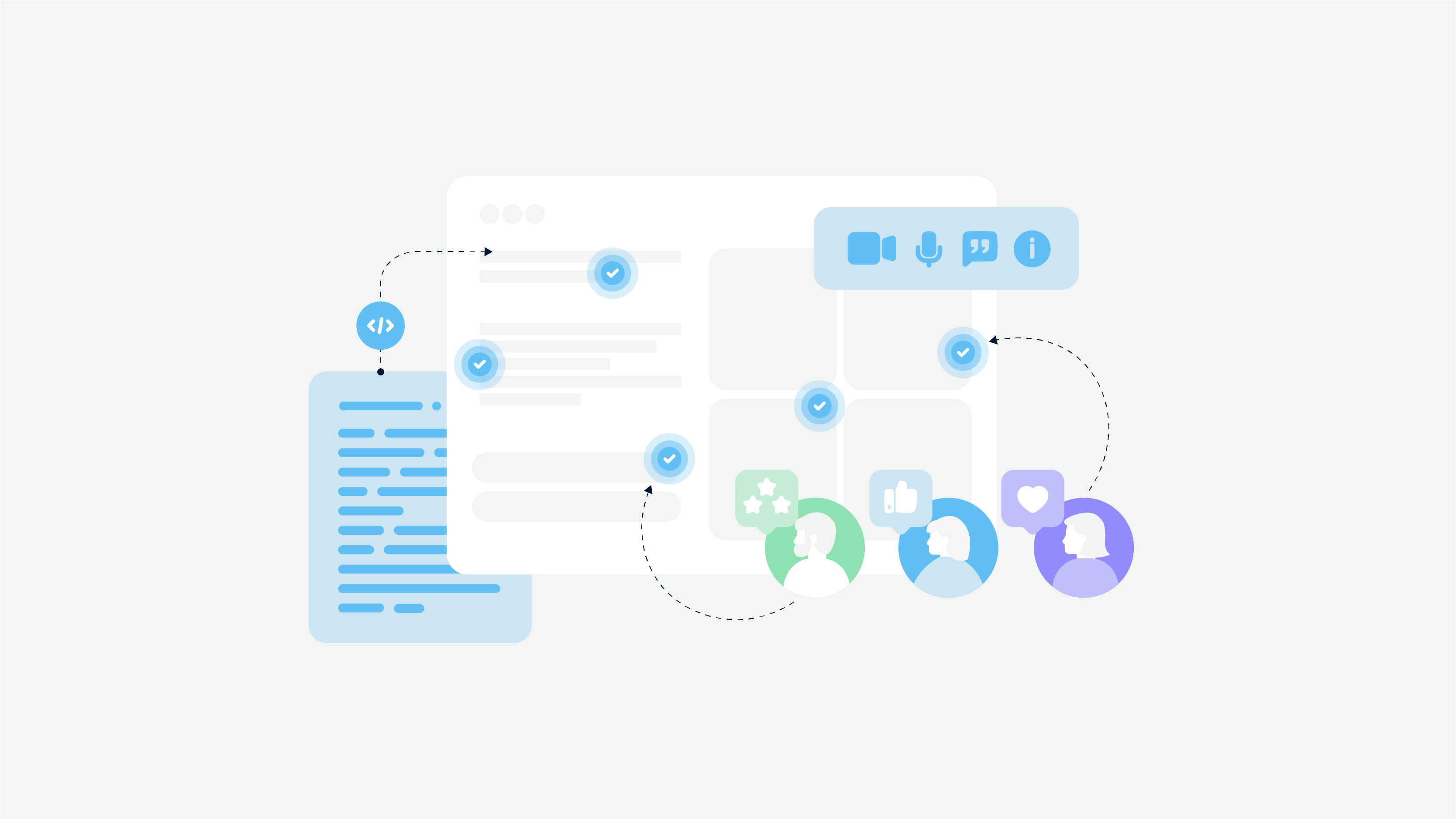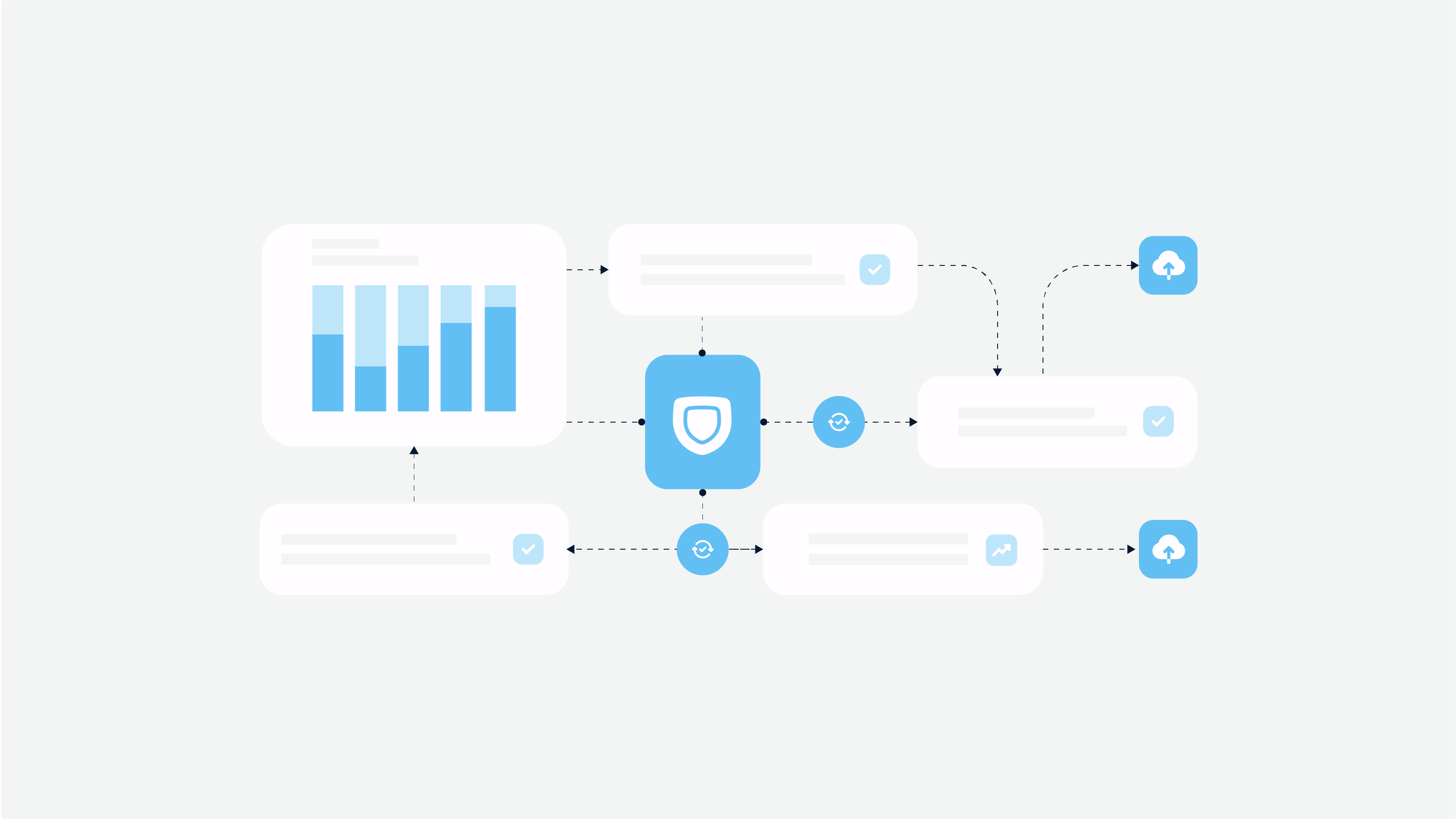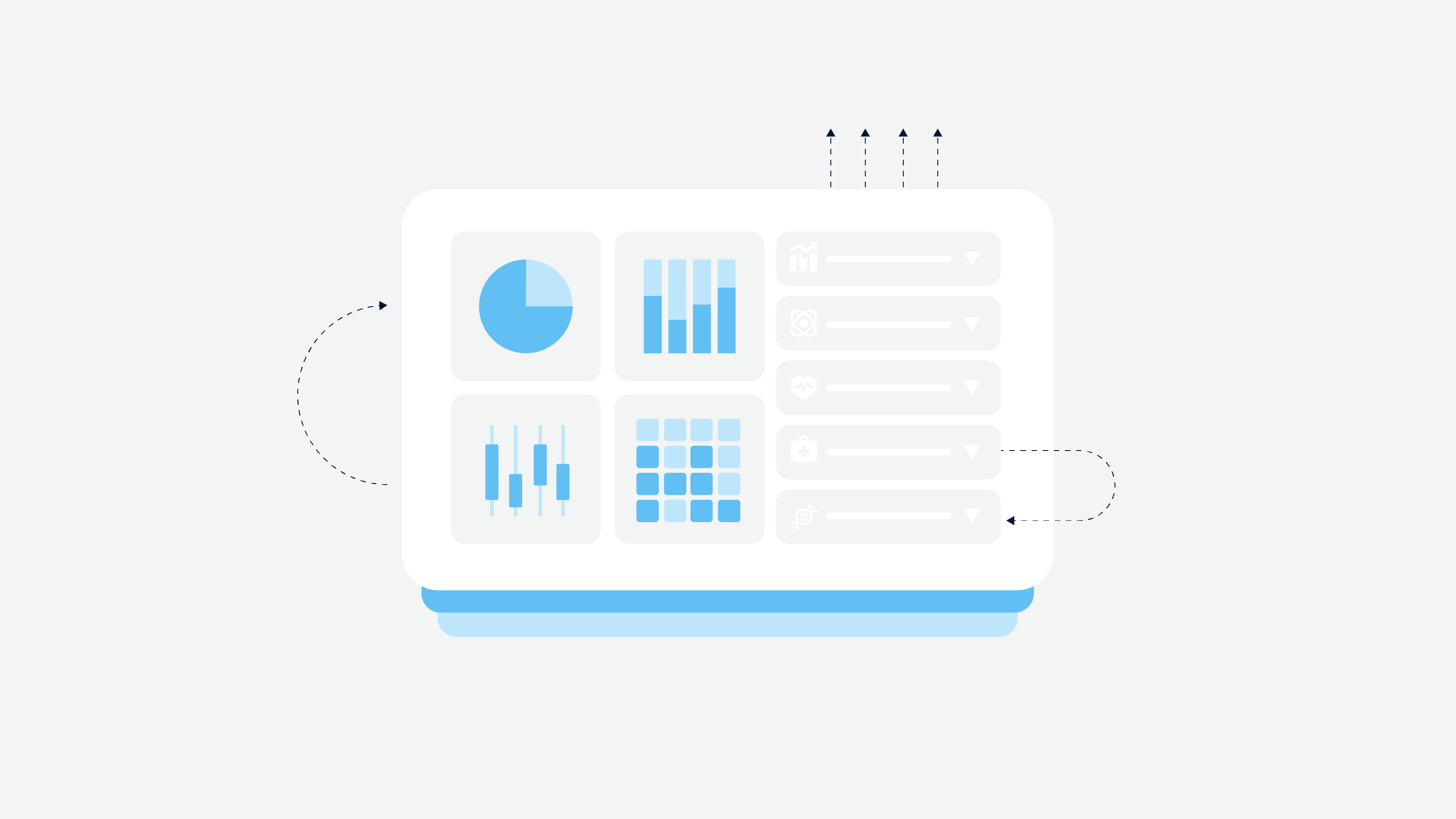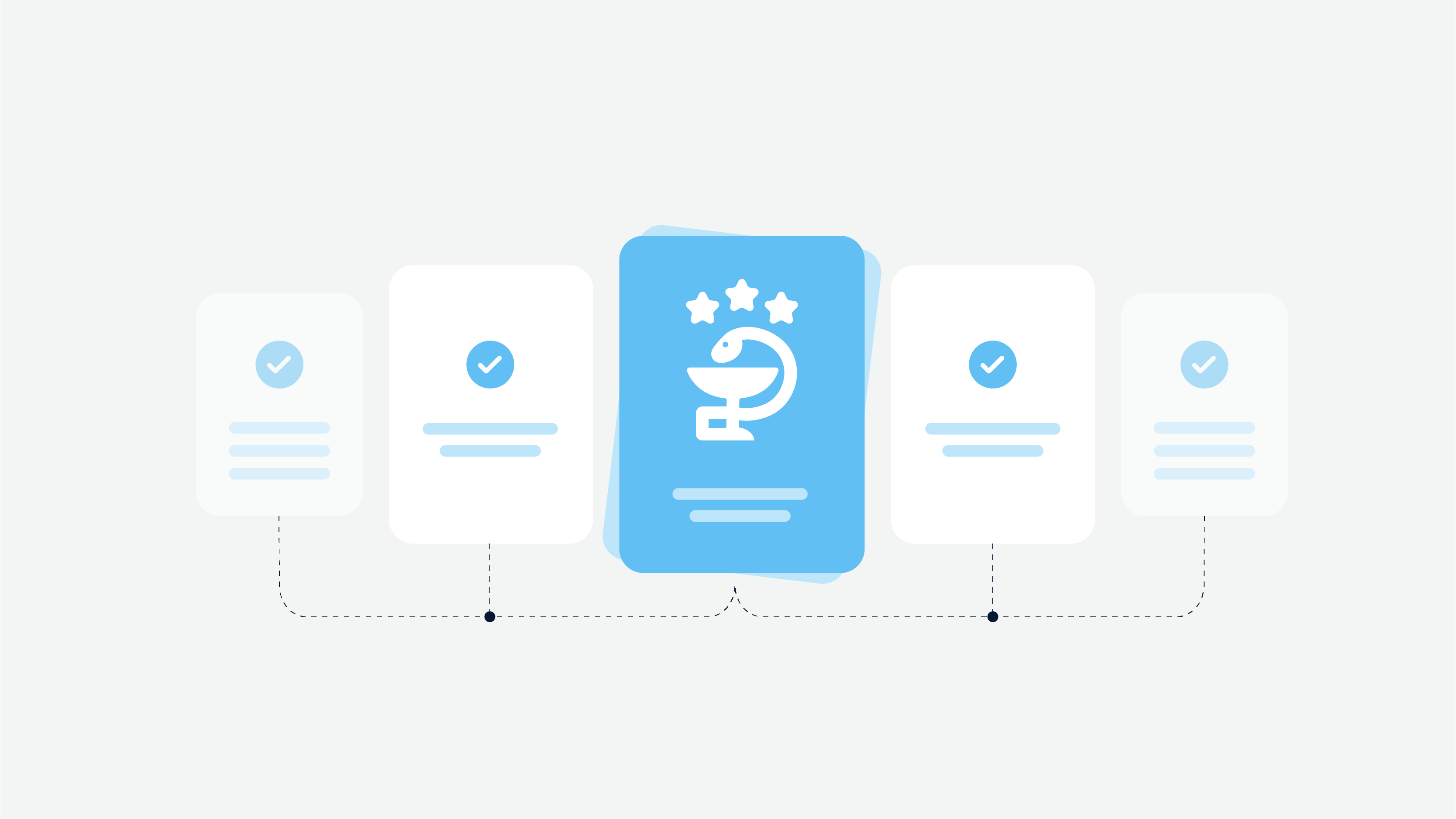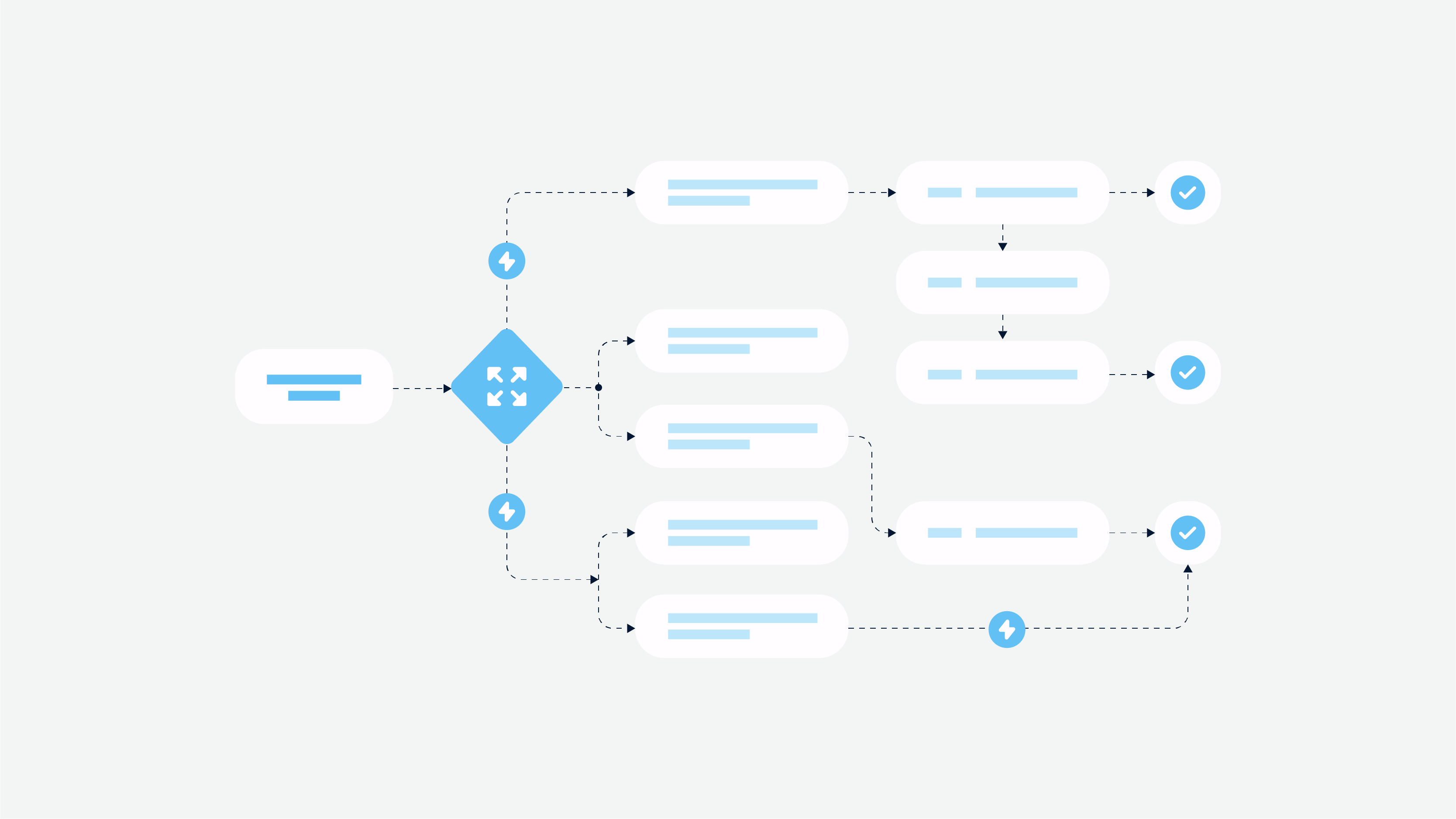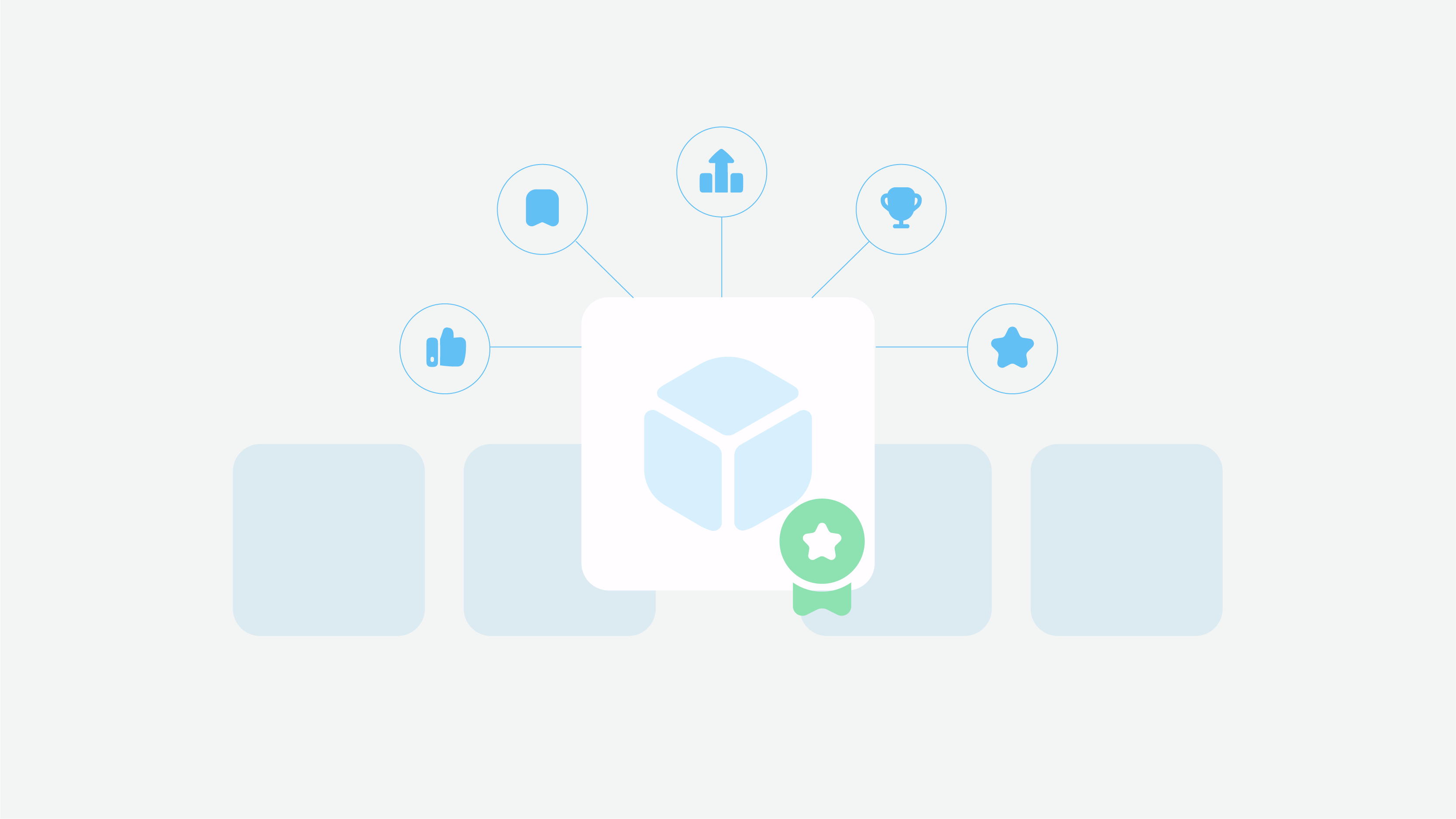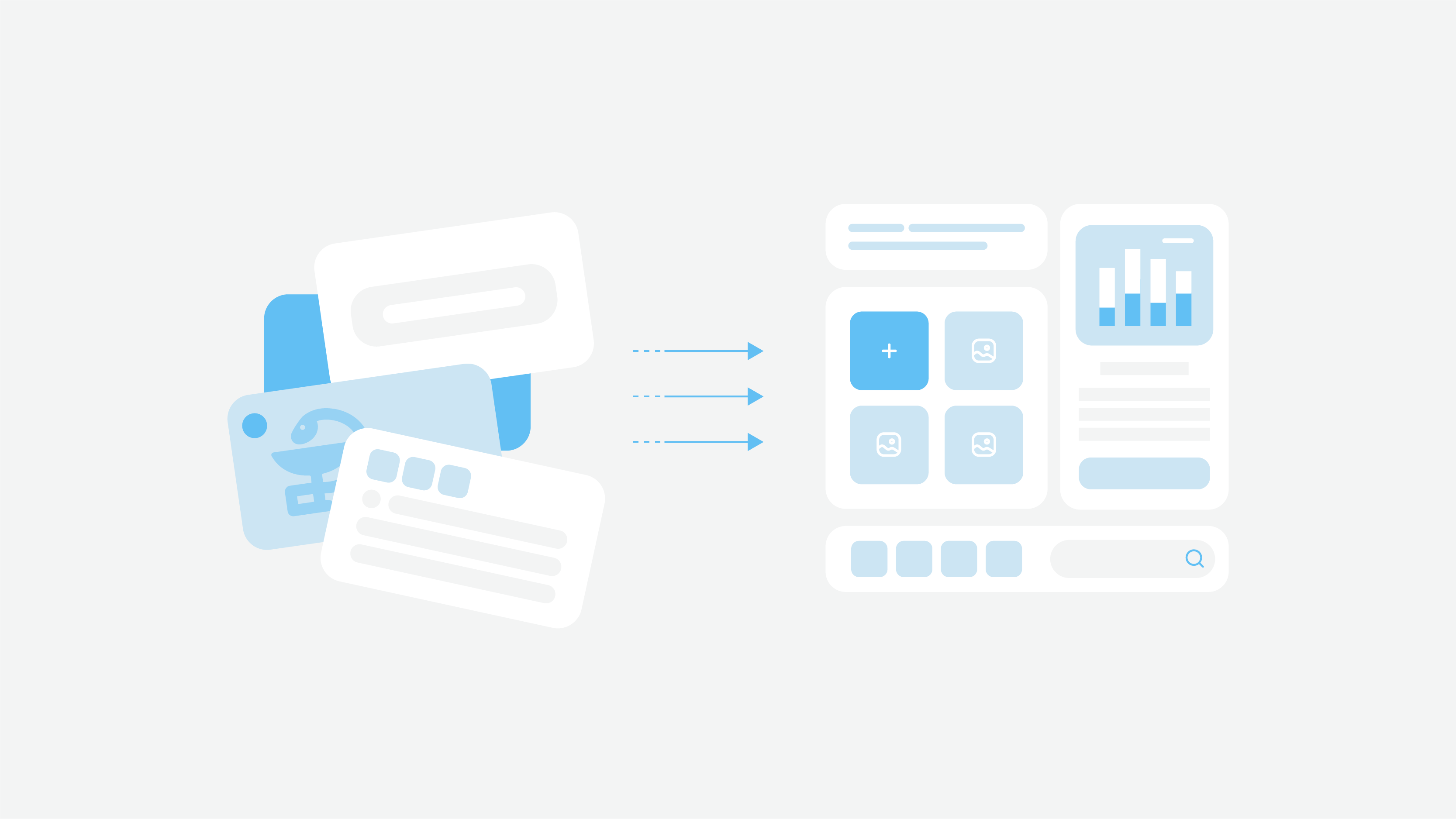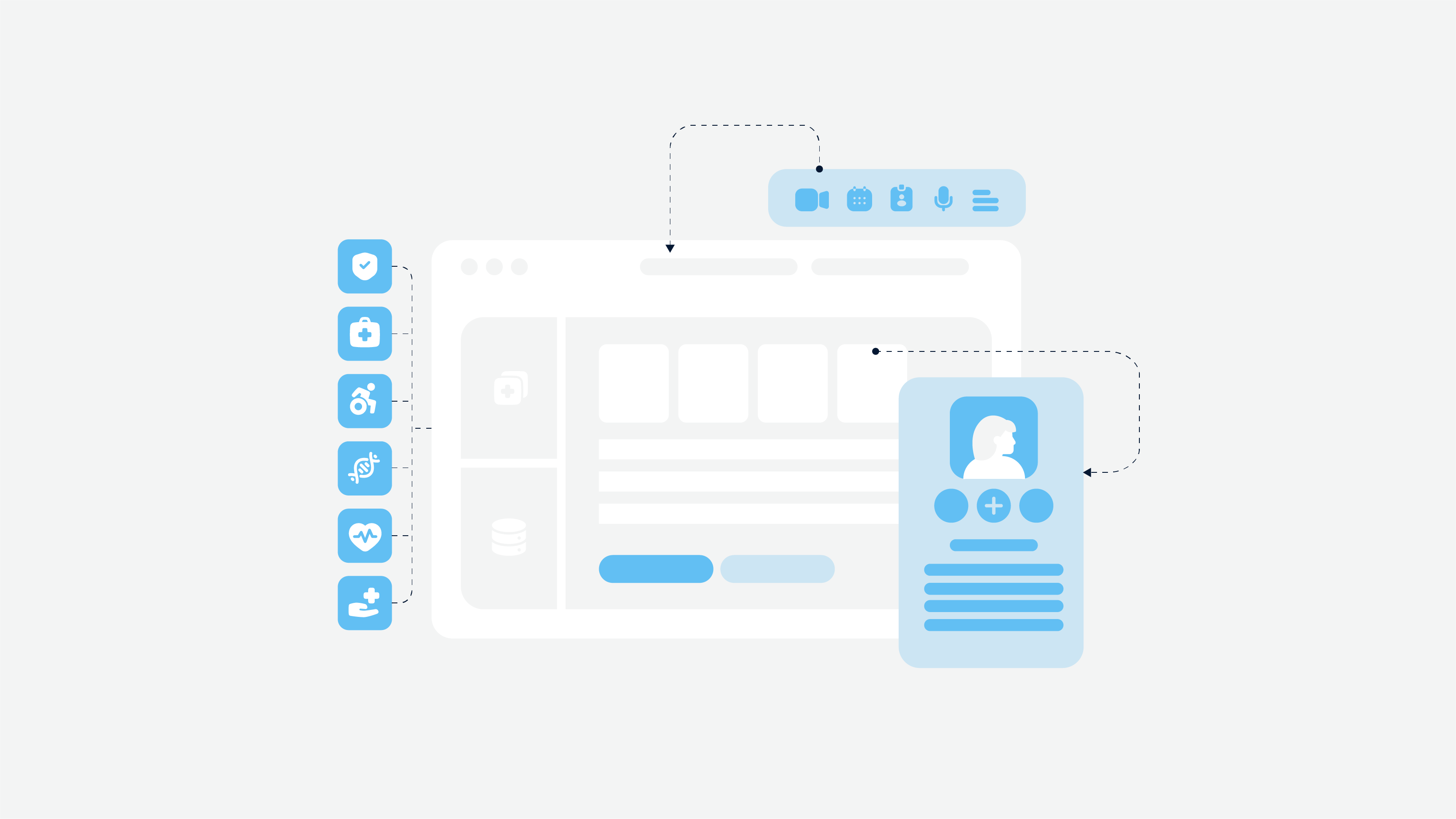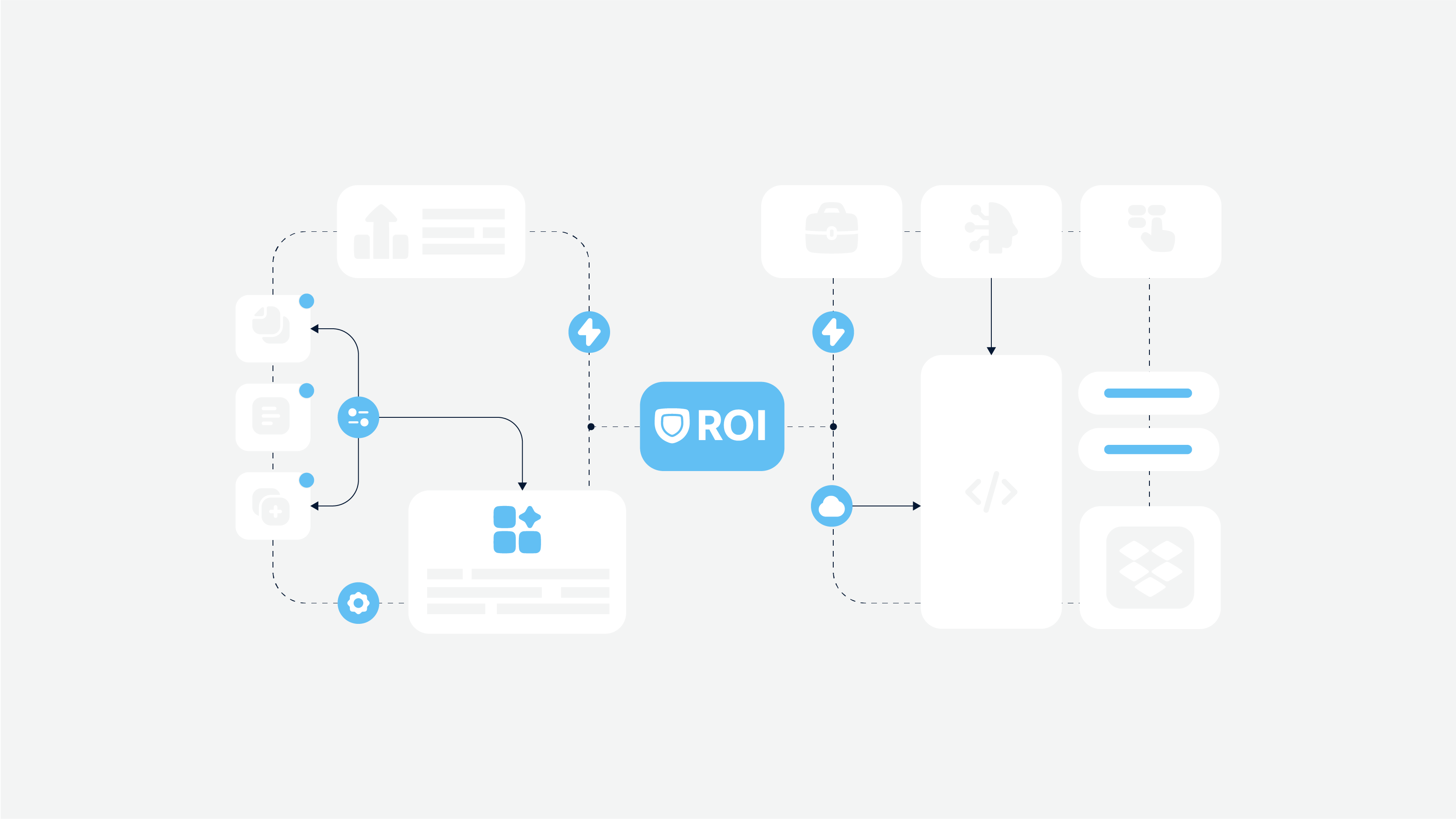According to Statista, the global telemedicine market is expected to reach more than $41 billion by 2021. There are no signs of stopping, with telehealth reaching $130.0b by 2026. Additionally, the regional insights of the compound annual growth rate (CAGR) depict the market size’s significant growth.

Nowadays, telemedicine is an inevitable part of medical services. However, 50 years ago, the situation was different. Due to the active process of space exploration, scientists had to observe physiological parameters and monitor astronauts’ health. It led to the creation of telemetry systems applied in medicine, sport, aviation, etc.
The modern telemedicine industry is predicted to be the future of healthcare. And there are 2 significant reasons.
It helps patients save time and receive high-level medical services at home.
It allows doctors and medical centers to increase revenue streams and decrease costs.
Telemedicine makes healthcare services available everywhere with the help of mobile apps. The number of telehealth apps is multiplying along with the industry itself. But not every app is sought-after.
To understand why the apps are so widespread, we’ve created a full guide where you can find answers to many questions.
Benefits of a Telemedicine App
Healthсare availability and 24/7 access
Telemedicine apps provide remote areas with access to healthcare services. These applications can conveniently offer medical facilities for veterans, the disabled, school kids, etc.
Good and prompt medical treatment
Patients and doctors can easily communicate via telehealth apps. So, the patients get the necessary treatment quickly and efficiently. Besides, such apps also have significant applicability in emergency treatment.
Efficient storage of medical history
Obtaining medical documents is very complicated these days. The proper treatment needs structured storage and document handling for other physicians. Easy access and storage of medical data are significant benefits of telemedicine apps.
Coordinated patient care and surveillance program
Design features for telemedicine applications assist in making follow-up appointments, setting drug reminders, chronic condition tracking, and so on.
Efficient time management for healthcare workers
The implementation of telemedicine apps in healthcare enhances doctors to manage their workloads. Doctors may suffer from fatigue and burnouts because of the heavy workloads of 60-80 hours per week. Therefore, telemedicine solutions allow them to balance between life and work and rest more.
Automated daily tasks
As most paperwork can be automated, healthcare workers can devote more time to actual activities. Specific forms and internal reports don’t have to be filled out because there are in-app digital copies.
You can also read about another type of medical software and its development in our guide on how to create doctor appointment app.
Challenges in Telehealth App Development
Telemedicine app development is time-consuming, demands high expertise and has many challenges. As we are good not only at development, but also in design, we decided to illustrate the biggest challenges in development.

Implementation of UI/UX
The important thing the developers consider is user experience and interaction with the application interface. It should meet the demand of all the sets of users (from doctors to patients).
For example, telemedicine apps for doctors aren’t relevant for the patient. And vice versa. So here are some hints for development:
When creating a telemedicine app, there should be 2 versions of the app — one is for the doctor, and the other one is for the patients. The versions must contain a different set of features and functionality;
The compatibility and interface should be user-friendly and intuitive for both the doctor and patient.
Back-End Integration
Back-end integration ensures quick data transfer from the patient’s end to the doctor’s end. Moreover, many features in the app must be HIPPA compliant. Such services as payment, locations, and other aspects have to be included too.
To install these in the telemedicine app, we need:
To study all the HIPPA functionality and release the app according to it;
To organize API documentation and integrate third-party service;
To define a set of protocols for data synchronization.
A robust back-end process is a key to the right telemedicine app development solution.
Scalability
Scalability is the challenge that can’t be ignored. When the app becomes popular (we promise it will), the demand and the user base increases. Scalability helps to add more functionality, which is obligatory once the platform is stable and ready to grow into a fully-featured product.
Compliance With Healthcare Authorities
We’ve already mentioned that the app has to comply with HIPAA that is quite challenging. There is a set of standards set by the HIPAA (Health Insurance Portability and Accountability Act) to consider while making the app. These protocols aim at the protection of patients’ medical records.
HIPAA compliant app development includes:
Synchronization of the login control, monitoring process, and data storage;
No data leakage or unauthorized access by any third parties;
SSL (Secure Sockets Layer) is the best solution to secure the data in the transfer process.
The development is completed when the data on the telehealth app is HIPPA compliant.
Data Security
Nowadays, most data is stored on cloud servers. However, weak back-end infrastructure and lack of security may lead to the data breach. And that’s the main reason developers pay so much attention to database security during telemedicine app creation.
The back-end developers team has to be experienced enough to know how to develop cross-site scripting, manage authentication, and make a HIPAA-compliant telemedicine app with the highest security level. Using the secure API frameworks and libraries, you ensure that your telehealth app development process is safe and reliable.
Key Features of Telehealth Apps
As we already mentioned, the telemedicine app should have different features for patients and doctors. Let’s have a look at the patient app features first.
Patient App Features
Registration. A patient can register via a mobile phone number, social network, or email. A high degree of security is a must. Moreover, we suggest including two-factor authentication (verification via SMS, fingerprint, or phone call).
Patient profile. A patient enters personal health records and information. This feature should be quick because nobody likes to fill in long forms.
Search. A patient can search for a specialist based on several criteria (specialization, proximity, doctor’s rate, etc.).
Appointments and scheduling. Here, we mean the ability to see a list of doctor-based meetings, as well as the option of updating or canceling them.
Communication. When doctors and patients have an opportunity to arrange their appointment through audio or video conferencing.
Geolocation. A patient can communicate with doctors from his/her specific state or region.
Payment. Users need to have an ability to choose payment programs and access the history of transactions.
Alerts. Email notifications and push-notifications help keep track of regular updates.
Review and ratings. Doctor-patient aggregator is a must-have feature. It ensures the proper quality of service based on the gathered feedback.
Personalized dashboard. It is a useful feature for monitoring the patient personal data, progress of care and treatment.
In-app calls. Emergency calls inside the app provide an easy and effective method to get help whenever it’s needed.
Data storage in the cloud. By data, we mean attached pictures & records (laboratory tests, X-rays, etc.) and the ability to transform them in PDF format.
Insurance coverage for patients. Here we mean integration of insurance providers and incorporation with the policies for patients.
Having covered the patient app features, let’s go ahead with the feature set that is most useful for doctors.
Doctor App Features
Some of the features coincide with the patient’s app. However, there are other particular features, such as:
Doctor profile. Medicine workers should fill out detailed descriptions about their training, experience, employment, license, and list of certified medical skills.
EHR verification. Doctors have to verify the history of a patient either from their records, draft questionnaires, hospital database, or by other methods.
Medical prescription. Option for doctors to digitally place medical prescriptions. The patient will then get the prescription drug from a pharmacist’s store or the appropriate healthcare service.
Video or audio recording of the session. These options enhance doctors to save or share the consultations. Such files can be useful for monitoring the progress of the treatment.
Dashboard and analytics. These are useful features to track the changes in patient health to their medications and procedures.
Pharmacy databases. The app should be integrated with drug stores to deliver the required medication to patients and doctors on time.
Technical Stack for Developing Telemedicine App
We use various programming languages, frameworks, third-party tools, and cloud storage during the telehealth app development. Below there is a list of the instruments that developers advise to use in telehealth projects.
Programming languages: Swift (iOS), Kotlin/Java (Android), Python/Ruby/Java (back-end);
Frameworks: React Native/Flutter (cross-platform apps);
To make the right choice between two frameworks you can read articles about Reasons to use React Native Framework and Flutter App Development and its comparison to React Native.
Videoconferencing: RTMP, Twilio, WebRTC
Chat: Twilio, Socket.io
Database: MySQL, Hbase, MongoDB, Postgres, Cassandra
APIs: Stripe, EC2, S3, SendGrid, Firebase Cloud Messaging
Cloud environment: Google Cloud, AWS (Amazon Web Services)
Technologies Used in Telemedicine Applications
Artificial Intelligence. By AI, we mean the use of chatbots, speech recognition, and machine learning in the application.
Big data computations. This technology is used to comply with EHRs (electronic healthcare records).
Blockchain. Blockchain provides the possibility to securely store and share medical data, removing the data loss from health care.
IoT. Telemedicine software covers smartphones, smartwatches, laptops, etc. The Internet of Things enhances the healthcare industry with online monitoring, medication adherence, built-in emergency response systems, etc.
We have a comprehensive guide on how to hire app developers with all the aspects you need to know so you could make everything right.
How to Develop a Telemedicine App? Steps
Building a telemedicine app requires a well-planned and structured workflow. Therefore, we’ve rounded up the information into a scheme with comprehend explanations below.

Discovery Phase
The discovery phase consists of a series of steps. It starts by collecting and analyzing all the required information about the project. It gives clarity on how to develop a user-friendly telemedicine app and prepare the necessary documentation.
Then, there is a team-set, where we identify the executive project team. Shortly, who needs to be hired to create a telemedicine app. This phase can last from one week to a month, depending on the complexity you require in the application.
The deliverables you’ll get at the end of this phase are the following:
The project goals, technology stack needed for building it, architecture, and the features of the application;
A prototype and wireframes;
MVP with timeline requirements and the total budget. We recommend building an MVP first with further testing. It provides the design and development team to modify the app and add more features.
The discovery phase provides the team and the client with a clear set of goals to work on. It builds a trust factor between the telemedicine app developers and clients.
Development and design phases
This is the phase where development starts. It includes the following stages.

Our professional development team will assist you in all stages of software development for telehealth. Besides, we’ll offer the best technical solutions to meet all requirements and make telemedicine apps compliant with HIPAA regulations.
How Much Does a Telemedicine App Cost?
The quantity of working hours has a wide range. It can be 2,000 working hours or more to complete core functionality on a telemedicine project. And in some cases, it can be fewer.
Origin country of the development team impacts on the cost. For example, the average price for one working hour of developers in North America will be around $170-$180, whereas, in Australia, the cost is $110/hour.
In South America, prices are lower, approximately $40 for a working hour. A similar hourly fee is in Eastern Europe – $35-$40. The lowest average price is in India – $25-$30.
Also, keep in mind that a development team integrates 3-5 apps into one complex telemedicine solution. Custom functionality, HIPAA compliance, and high-security standards add costs to the overall telemedicine app price.

As a result, the price for telemedicine app development ranges from $180.000-$195.000 in Western Europe; $250.000-$280.000 in North America, $56.000-$70.000 in India, $98.000-$112.000 in Eastern Europe (particularly in Ukraine); $280.000-$308.000 in Australia.
Read our article about the cost of an app design for a better understanding of factors affecting development costs.
Concluding Thoughts
The sphere of telehealth is getting more popular as people appreciate the ability to save time and get the treatment through smartphone apps.
Now, when you know the main benefits, challenges, and features of telehealth apps, you understand what your app should have.
The next step is to hire us and get the consultancy. We are always ready to help you with your app design and development.

